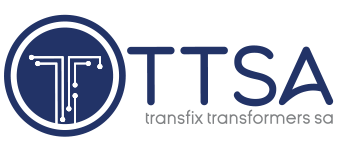Global energy company bp has added to its latest ‘Energy Outlook’ publication a section on important current issues influencing the global energy system, such as geopolitical fragmentation and the greater focus on energy security while decarbonisation remains imperative.
The company has noted changes in some countries’ energy and decarbonisation policies and signs of the global economy becoming more fragmented, which are shifts that will have implications on the energy produced and consumed across the world, says bp chief economist Spencer Dale.
